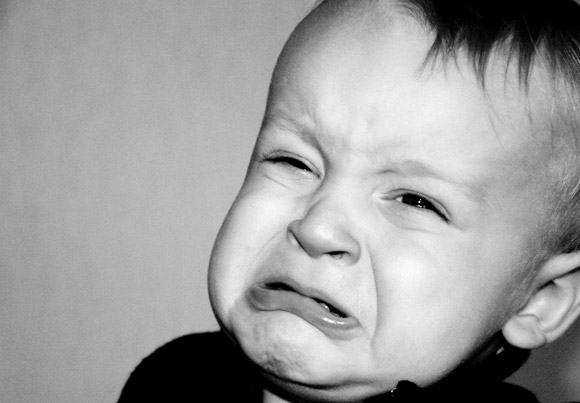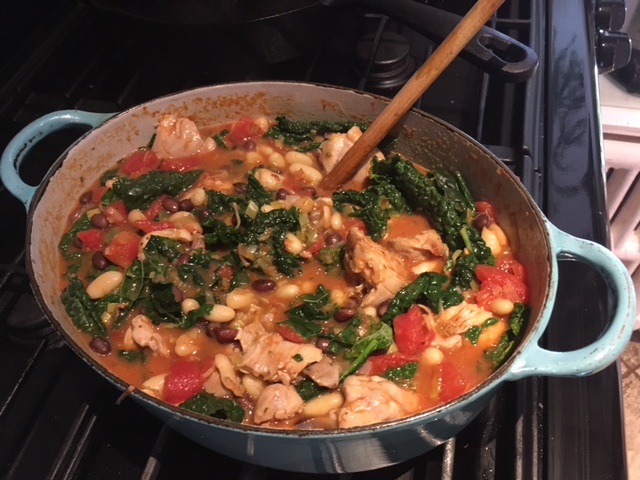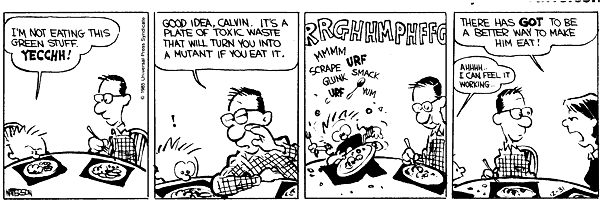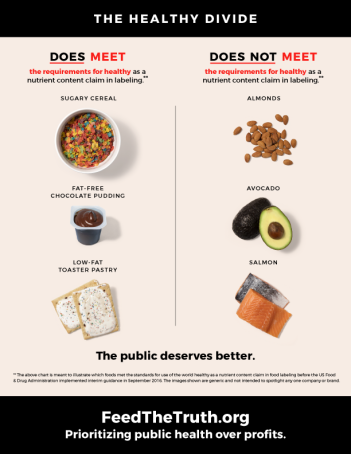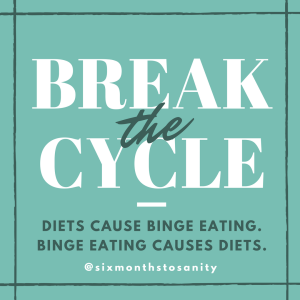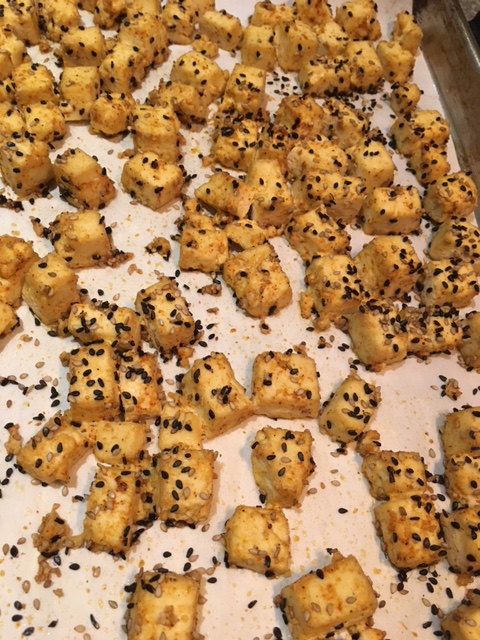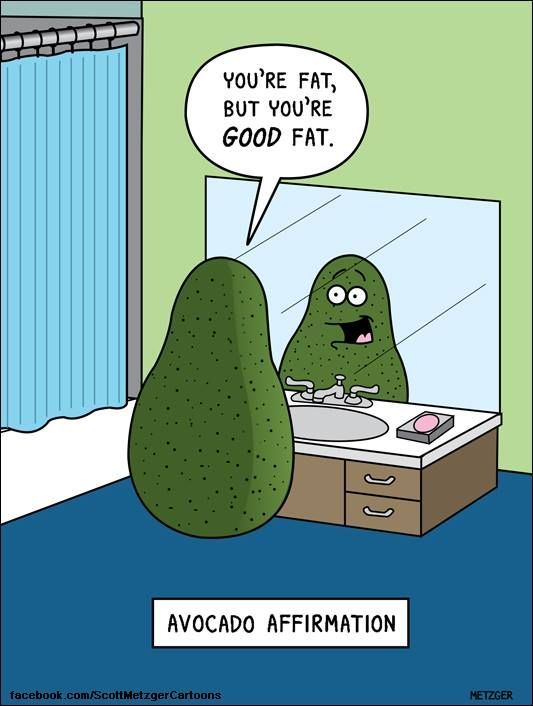
No…this is not a post about low self esteem. I literally hate my guts. I’ve been having some GI issues for – well – most of my life, and they seem to have accelerated in the year of the Trump, 2017. Perhaps it’s living atop a powder keg of doggy doo-doo that’s got me all, you know, stressed out, or it’s the fact that I’ve had to do some serious soul-searching regarding how I’m going to spend my time on this planet. But whatever the reason, I have nasty guts that I’m working on healing; however, it’s my relationship with food itself that I’m most concerned about.
I’ve been down the allopathic and naturopathic road. The GI specialist did his scope and scoop, saying it’s IBS (Irritable Bowel Syndrome). I’ve heard this before, and from what I understand, it’s a diagnosis that is used when there’s no diagnosis. This gives me IPS (Irritable Pamela Syndrome) and I want to punch people because they won’t fix me. The conversation went like this:
Doctor: “Everything looks normal.”
Me: “Then why do I feel like a wolverine has been set loose in my stomach when I eat?”
Doctor: “IBS”.
Me: “What can I do about it?”
Doctor: “Lorem Ipsum” (or some such erudite Latin phrase)¹.
So, off I trot to the naturopathic doctor, who is lovely and speaks no Latin as far as I can ascertain. As predicted, I was asked to do a two-week food diary. Since by this point I was eating avocado, eggs, and bananas, it didn’t take long to fill out. She prescribed many, many supplements. I swallow them every morning, and one before bed. Slowly I’m starting to feel closer to the old normal — not a wolverine in my guts so much, but maybe a ferret whose tail has been set on fire.
Without getting into any details that will put you off your breakfast, suffice it to say it’s been rather unpleasant, but what I find most alarming is that I have a hate on for food. I hate eating. It hurts to eat. My mouth and belly are in a constant battle. Mouth is all, “give me the spicy Indian food! Give it to ME!!!!” and my belly is all, “NOOOOOOOOOOOO! It’s gonna hurt!” And so I eat to appease the mouth and then the suffering begins.
And it’s FRICKIN’ ironic. Not in an Alanis-Morrisette-not-at-all-ironic way, I mean genuine irony. I’ve written 24 CHAPTERS about our relationship with food. I spent two years of my life writing solely about food. And now? Now I don’t want to eat because I have no idea what will happen. Can I risk walking the dog for two hours? Can I get enough calories in my body to get through a swim workout? How many times will I actually have to leave the pool before I’m responsible for shutting it down?
So my guts suck the big pickle. I am a lover of food. I want to eat ALL the food, ALL the time. And now I find myself in the corner, bloodied and aching, saying, “But babe, you hurt me real bad. I have to quit you.” And that’s just a toxic relationship.
Unfortunately, it’s not hyperbole when I also say, “But I can’t live without you.”
******
On a more serious note, I am working on healing what’s going on. I eat congee cooked with ginger and soft, tolerable foods like avocado and eggs, and I do yoga. But if you’re suffering with gut issues, see your doc and make sure it’s just IBS or something manageable through diet. Listen to your body, it’s always right. Truer words were never spoken then, “Trust your gut,” even if you’re grumpy with it.
__________________________
¹ Lorem Ipsum is part of “de Finibus Bonorum et Malorum” (The Extremes of Good and Evil) by Cicero. Huh. Who knew?

